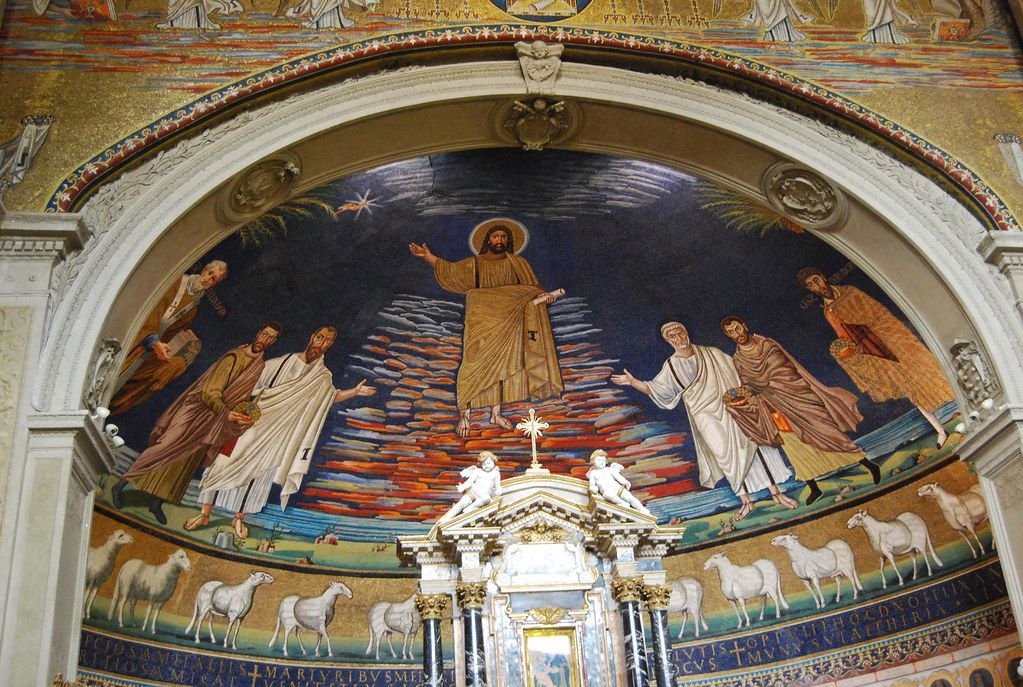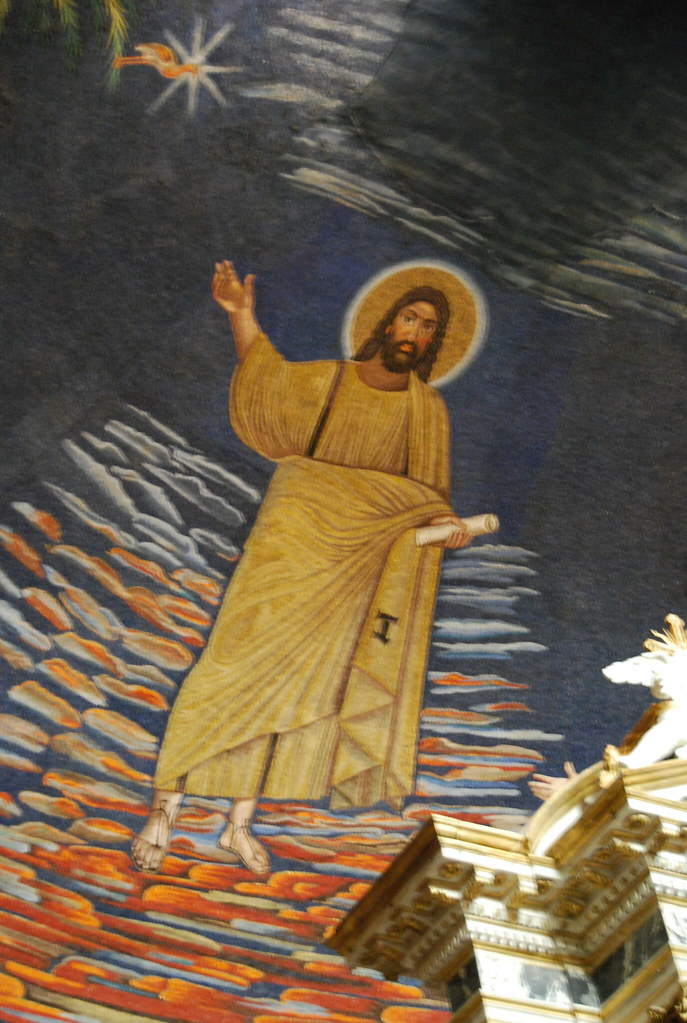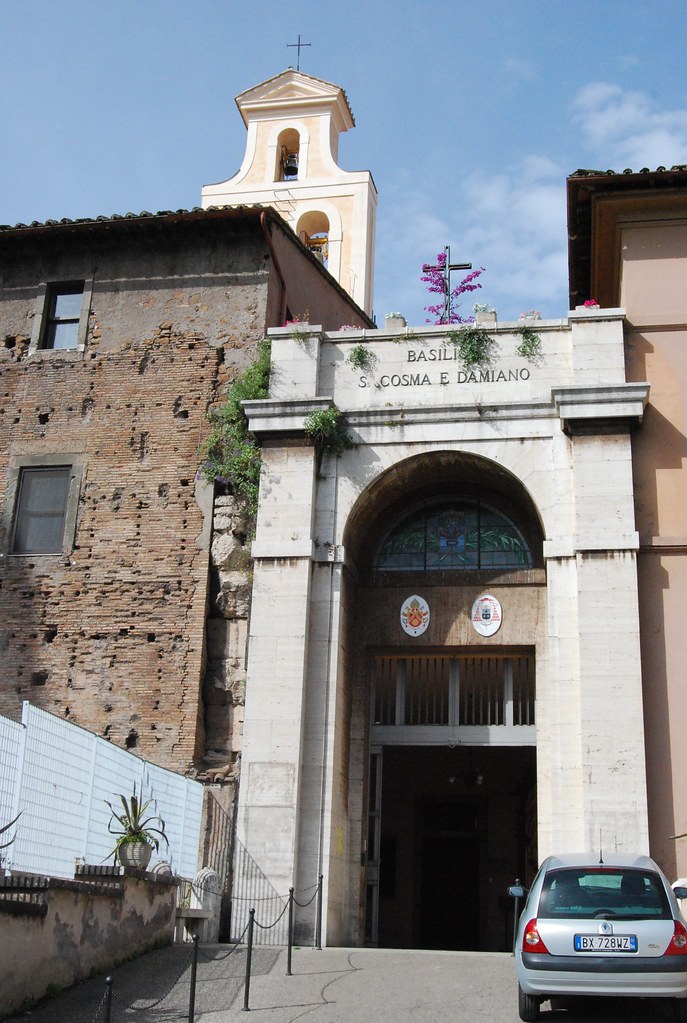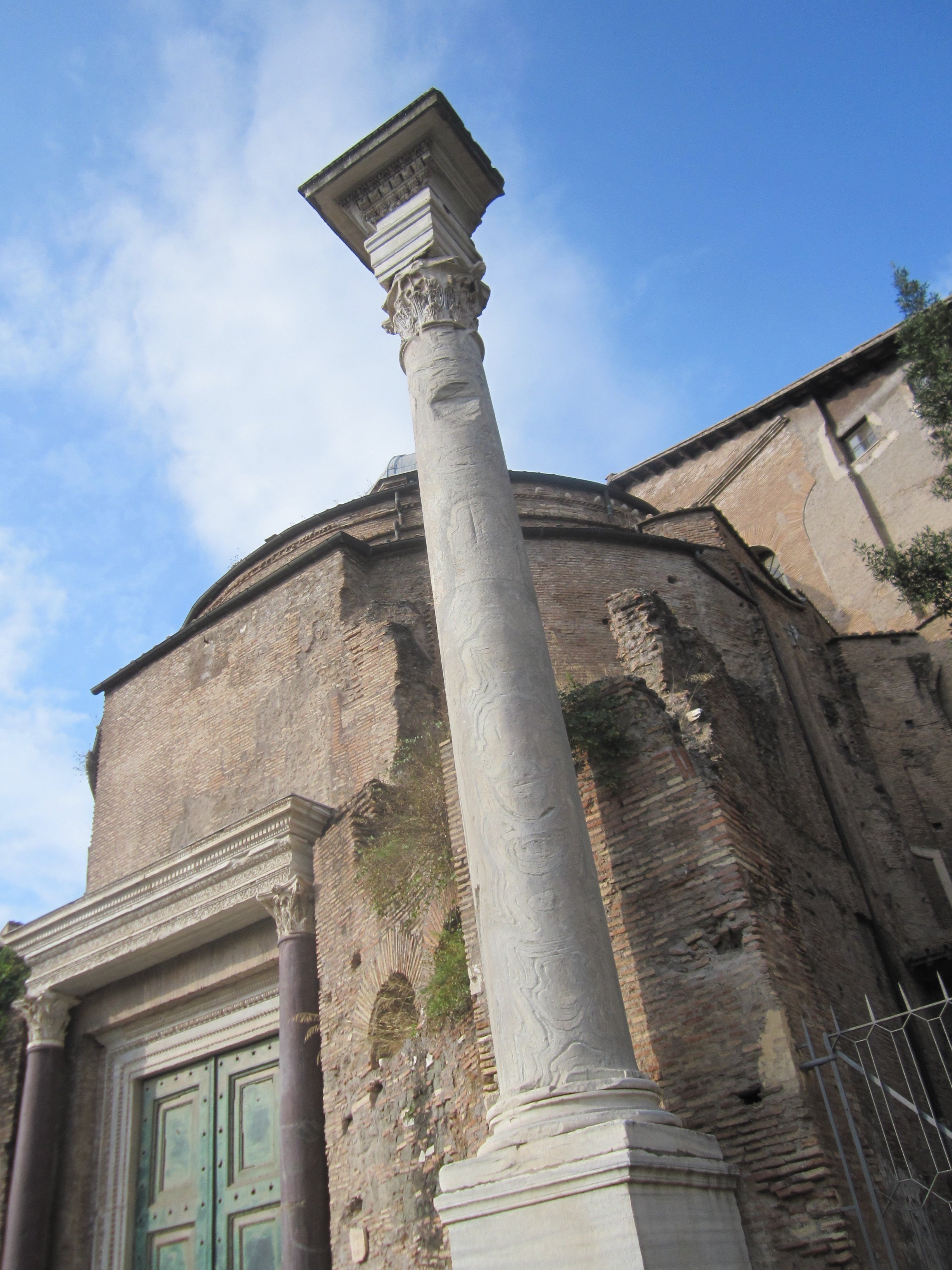Basilica of SS Cosmas & Damian The basilica of Santi Cosma… Flickr

The Basilica of Saints Cosmas and Damian Ss. Cosma e Damia… Flickr
Abstract. Sts. Cosmas and Damian, the twin patron saints of medicine, were once among the most recognized saints in Christendom. In today's secularized society their prominence is much less known. The saints were beheaded during the violent persecutions of Christians in the Roman Empire in the end of the 3rd century and the first years of the.

The Basilica of Saints Cosmas and Damian Ss. Cosma e Damia… Flickr
The Birth of Christian Art: The Basilica of Saints Cosmas & Damian Jan 17, 2013 | Art History, Early Christian art, Roman Forum | 4 comments Tweet The verdigris door in the photo above belongs to a temple in the Roman Forum, traditionally said to have been dedicated to Romulus, the infant son of the Emperor Maxentius.

The Cathedral Basilica Of Saints Cosmas And Damian In Alberobello
In some descriptions, the miracle is a posthumous event, happening hundreds of years after the martyrdom of Cosmas and Damian. The devout Deacon Justinian, who worked in the Saints' Basilica on the outskirts of Rome, fell gravely ill with a gangrenous or cancerous leg and sought "incubation" and relief in the church.

Mosaic in the apse of the basilica of Saints Cosmas and Damian in Stock
Unmistakable elements of the city's skyline are the two bell towers of the Saints Cosma & Damian's church. The monument, one of most important of the city, lays on the northern side of the hystorical center. The present structure of the church date back to 1885, a work of the most notorious architect of Alberobello, Antonio Curri.

New Liturgical Movement The Basilica of Ss Cosmas and Damian
The church of Santi Cosma e Damiano was made by order of Pope Felice IV (and thus also defined Basilica "Beati Felicis") in an aula of the Foro della Pace, in 527. In 1632 it was remodeled on a drawing by Arrigucci. The vestibule in front of the church, towards the Foro Romano, consists of the so called Tempio del Divo Romolo.

New Liturgical Movement The Basilica of Ss Cosmas and Damian
Basilica of Saints Cosmas and Damian Excerpts from The Basilica of Santi Cosma e Damiano, by Lino Temperini, T.O.R. and translated into English by Seraphin Conley, T.O.R. History The Basilica of Saints Cosmas and Damian is located in the very heart of ancient and modern Rome. It forms part of an imposing archeological complex in

Basilica of St.Cosmas and Damian, Rome, Italy Ferry building san
Among the many torments suffered by the holy martyrs who have sacrificed their lives in the name of God, the martyrdom of Saints Cosmas and Damian is among the bloodiest and most terrible described by martyrologists. Of them, it is said that they were martyred not once, but five times.

New Liturgical Movement The Basilica of Ss Cosmas and Damian
The Basilica was built in 4th century. A.D. joining two classic buildings: one of the two libraries from the Forum of Peace and the rotunda from the Temple of The Divine Romulus. It was offered to Pope Felix IV by Amalasunta (daughter of Theodoric). The Pope then adapted the buildings to a church dedicated to the doctor brothers Cosma and Damiano.

The Basilica of Saints Cosmas and Damian detail of the mos… Flickr
The Basilica of Saints Cosmas and Damian is built in the neoclassical style of Catholic churches. A large staircase leads to the entrance to the temple. The facade is decorated with Corinthian columns. Two towers rise above it. Above the altar, where the relics are stored, there are wooden figures of Saints..

Basilica of Saints Cosmas and Damian in Alberobello Village, Puglia
September 26: Saints Cosmas and Damian, Martyrs—Optional Memorial. The judge ordered them to be thrown into a large fire, but the flames leaped away from them and killed many. They were then ordered to be placed on a torture device…but an angel of the Lord protected them…The judge ordered the three to be imprisoned and had Cosmo and.

New Liturgical Movement The Basilica of Ss Cosmas and Damian
Local name: Basilica Santi Medici Cosma e Damiano. The most important Christian temple in the city. Initially a small church in the 19th century it was transformed into a huge basilica with a neoclassical facade. Saints Cosmas and Damian are worshiped here in a special way. Less.

Saints Cosmas and Damian Basilica. Alberobello. Puglia. Italy Stock
Saints Cosmas and Damian, martyrs and patron saints of physicians. They were brothers, perhaps twins, but little is known with certainty about their lives or martyrdom. According to Christian tradition, Cosmas and Damian were educated in Syria and became distinguished physicians in Cilicia, where

The Basilica of Saints Cosmas and Damian Entrance to Ss. C… Flickr
The cult of the little-known in Rome saints Cosmas and Damian spread around the city thanks to the Byzantine culture and was simply forced onto the Romans. When representatives of the military administration of the Eastern Empire resided in the city on the Tiber (in the area between Torre delle Milizia and Palatine Hill), it was here that their sphere of influence was located.

Basilica of Saints Cosmas and Damian Editorial Photo Image of tower
Santi Cosma e Damiano may refer to: Churches Santi Cosma e Damiano, Alcamo, church in Alcamo, Italy Santi Cosma e Damiano, Brescia, church in Brescia, Italy Santi Cosma e Damiano, Genoa, church in Genoa, Italy Santi Cosma e Damiano, Isernia, church in Isernia, Italy Santi Cosma e Damiano, Persico, church in Persico, Italy

Roman Forum Basilica of Saints Cosmas and Damian
3 Altmetric Explore all metrics Cite this article The art of medicine in the 3rd to 4th centuries CE, similar to all times that preceded it, was largely based upon the potential healing benefits found by trial and error in the animal, plant, and mineral kingdoms.

Basilica of Saints Cosmas and Damian in Alberobello in Italy Stock
Map Santi Cosma e Damiano Tucked away next to the Forum, the charming little church of Santi Cosma e Damiano (Saints Cosmas and Damian) is one of Rome's better kept secrets. The church is dedicated to twin brothers from the eastern Mediterranean, two doctors who were martyred at the end of the 3rd century.